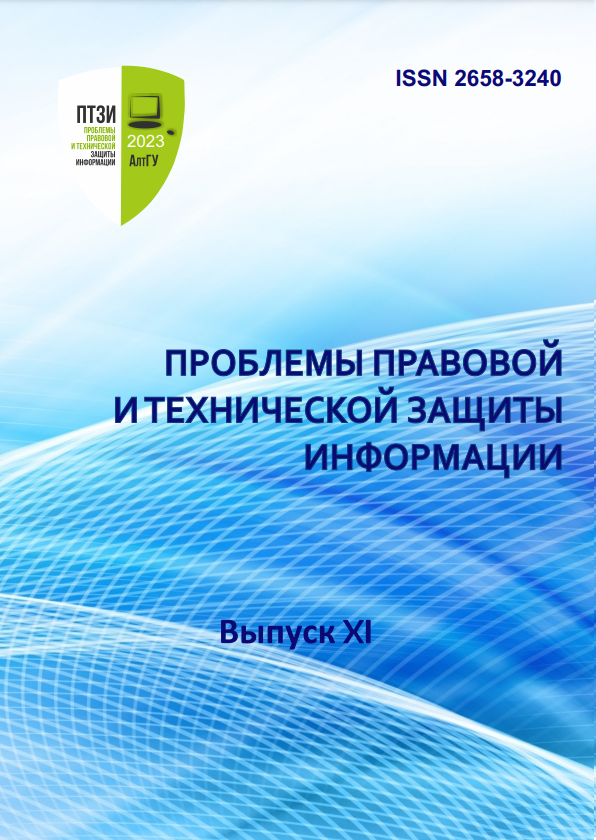THE USE OF A PYRAMID VISION TRANSFORMER TO DETECT FAKE DIGITAL IMAGES УДК 004.056+004.032.26+004.932
Main Article Content
Abstract
To date, most of the images are stored and distributed digitally. The ease of use and availability of software tools and inexpensive equipment makes it very easy to fake digital images, leaving virtually no trace. Thus, nowadays we cannot take the authenticity and integrity of digital images for granted. In this paper, we propose the use of a deep neural network algorithm based on a Pyramid Vision Transformer for the task of detecting fake digital images. The algorithm was trained on a dataset with fake digital images. Experiments have been carried out, the results of the algorithm are presented. The algorithm was tested on images with different types of forgery. The results of the algorithm are compared with the results of other modern methods of detecting fakes.
Downloads
Article Details
References
Lin T., Dollar P. Feature Pyramid Networks for Object Detection // arXiv.org: сайт. URL: https://arxiv.org/abs/1612.03144 (дата обращения: 23.11.2023).
Vaswani A., Shazeer N. Attention Is All You Need // Advances in neural information processing systems, 2017. – pp. 5998–6008.
Dong J., Wang W. CASIA Image Tampering Detection Evaluation Database // IEEE China Summit and Int. Conf. on Signal and Inf. Proc., 2013. – pp. 422–426.
Arias S., Duran J. Measuring Performance Metrics of Machine Learning Algorithms for Detecting and Classifying Transposable Elements // Processes, 2020. – pp. 1–19.
Goutte C., Gaussier E. A Probabilistic Interpretation of Precision, Recall and F-Score, with Implication for Evaluation // Lecture Notes in Computer Science, 2005. – pp. 345–359.
Rezatofighi H., Tsoi N. Generalized Intersection over Union: A Metric and A Loss for Bounding Box Regression // arXiv.org: сайт. URL: https://arxiv.org/abs/1902.09630 (дата обращения: 23.11.2023).
OpenMMLab Semantic Segmentation Toolbox and Benchmark // arXiv.org: сайт. URL: https://github.com/open-mmlab/mmsegmentation (дата обращения: 23.11.2023).
Krawetz N. A Picture’s Worth... Digital Image Analysis and Forensics Version 2 // Black Hat Briefings, 2007. – pp. 1–31.
Mahdian B., Saic S. Using noise inconsistencies for blind image forensics // Image and Vision Computing, 2009.
Salloum R., Ren Y. Image Splicing Localization Using a Multi-Task Fully Convolutional Network (MFCN) // arXiv.org: сайт. URL: https://arxiv.org/abs/1709.02016 (дата обращения: 23.11.2023).
Zhou P., Han X. Learning Rich Features for Image Manipulation Detection // arXiv.org: сайт. URL: https://arxiv.org/abs/1805.04953 (дата обращения: 23.11.2023).

